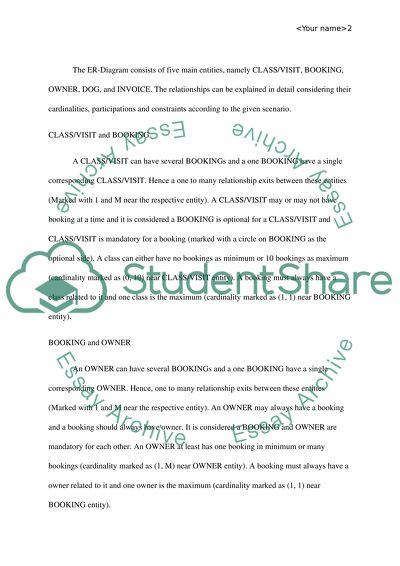Cite this document
(“Database Assignment Example | Topics and Well Written Essays - 1000 words”, n.d.)
Retrieved from https://studentshare.org/family-consumer-science/1406009-database
Retrieved from https://studentshare.org/family-consumer-science/1406009-database
(Database Assignment Example | Topics and Well Written Essays - 1000 Words)
https://studentshare.org/family-consumer-science/1406009-database.
https://studentshare.org/family-consumer-science/1406009-database.
“Database Assignment Example | Topics and Well Written Essays - 1000 Words”, n.d. https://studentshare.org/family-consumer-science/1406009-database.


